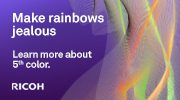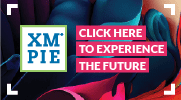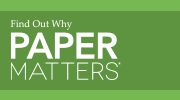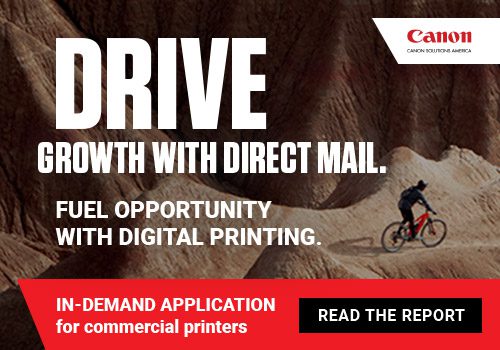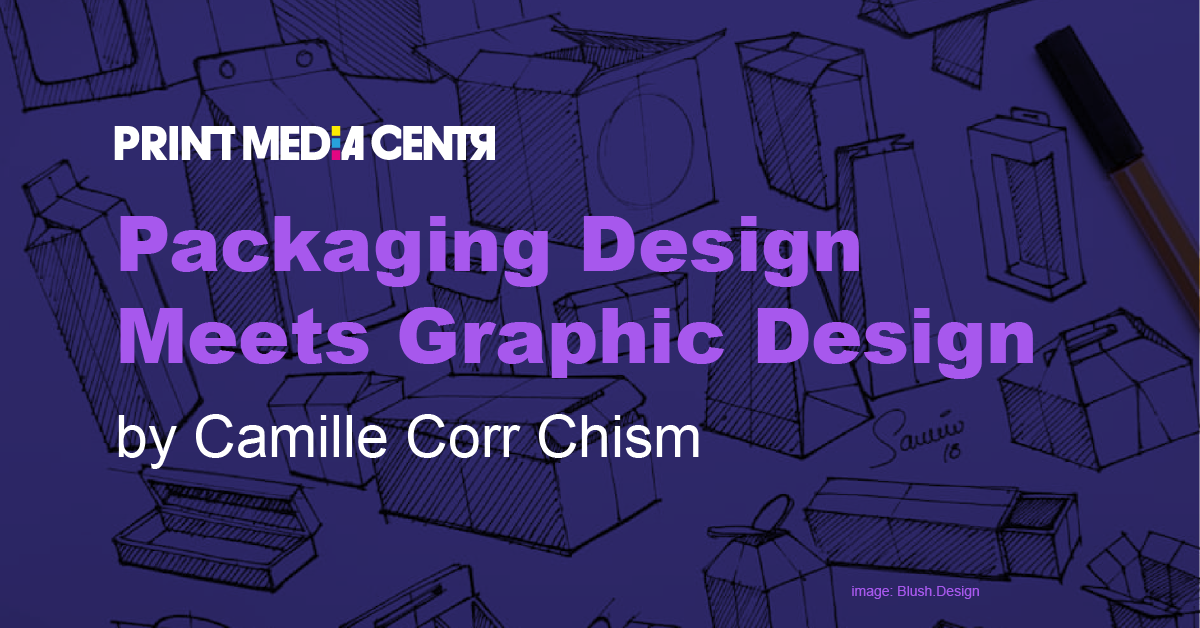
Startups juggle many things when launching products. It is a combination of taking care of business and a labor of love to make sure every detail is just right. While there is a great deal of excitement around tweaking the product, finding customers, marketing, and getting distribution channels, it is tempting to push packaging to the end of the process. It is commonplace to see a great deal of excitement, work, and thought put into the graphics early in the process. Working with a graphic designer, developing logos and visually appealing brand identity is exciting and satisfying.
Entrepreneurs are laser-focused on perfecting the formula of the product, meanwhile tackling the container seems like a low priority that isn’t needed until production starts. Companies learned during the pandemic that purchasing stock packaging off the shelf is not always a quick or viable option, this may be the case for a while, especially with the current supply chain slowdown and shortages we are experiencing worldwide.
There are many aspects to creating a winning package and they fall under two main functions, Graphic Design and Packaging Design. If the delicate balance is tipped one way or another, the product could end up with stock packaging that may not reflect the vision of the product or great packaging that does everything it is supposed to do for the product, however, the reflection of the brand may be lackluster to consumers.
Which option would you choose for your packaging?
A great package that functions well with innovative technology and makes the product better, yet the branding is non-descript and less than memorable.
OR
Flashy, eye-catching graphics, with packaging that underperforms (broken parts, stale product, or impossible to open).
OR
A product with a package that successfully conveys the benefits and features of the product, combined with a memorable and relevant brand identity is also vital to the customer. The product, aesthetics, and packaging should work together to seamlessly help sell the product.
I would choose the last of the three options, a package that blends the best of both worlds and sells the product every time the consumer makes a purchase.
What are the differences between packaging design and graphic design and how can we make sure the two disciplines collaborate and create amazing packages?
The packaging design process entails structural design, prototyping, and testing. Timing and lead times for product development, manufacturing, and the supply chain come into play. Costs are important to the process to keep the packaging within budget and on track. Understanding the properties of the product is necessary to protect the product during shipment, delivery, storage, and use. Sustainability is important and the package design and material selection will be determined based on the values and vision for the product and what factors of sustainability best represent the product.
Graphic design focuses on graphics, colors, shapes, fonts, form, and materials. The goal is to combine these elements to get the attention of the consumer through the outer design and form of the pack. These elements are used by graphic designers to make the packaging stand out, create a memorable product, define the brand, and communicate the benefits of the product to the targeted consumer. Creating a packaging with distinct features and brand also helps the consumer to identify the product and become a repeat buyer.
Drawings are used by packaging engineers to understand the product and pack size and how the pack is anticipated to perform. Graphic designers use drawings to concept the image, colors, and aesthetic elements of the packaging, and to layout die lines.
Graphic designers leverage container options and materials to attract attention to the product. Foils, print methods, inks, and materials are reviewed by packaging designers to understand the impact on manufacturing, product integrity, and sustainability.
Graphic designers rely on testing and interviews or focus groups to understand the level of emotion and brand recognition for specific packaging. Packaging designers rely on testing to estimate how well packaging will perform in shipping and preserve products.
Packaging designers rely on labels to inform, differentiate, and relay required details while determining which methods are best for production. Labels and print are used by graphic designers to evoke emotions, communicate brand identity, and make it easier for consumers to make purchase decisions.
In summary, if you are launching a product, it is important to have both a trusted graphic designer and a package designer. Always make sure they collaborate on the packaging design from the beginning of the process until the consumer is finished with the packaging.
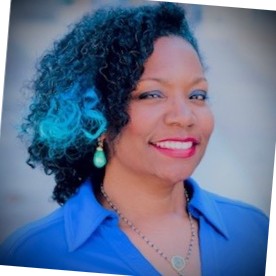 Camille Corr Chism, CPPL Fellow, has a diverse background in packaging engineering, design, supply chain, project management, and new product introductions. Her experience includes a variety of industries including food, e-commerce, technology, distribution, pharmaceutical, industrial, and automotive. Earning an MS and BS in Packaging, Camille earned a Six Sigma Black Belt (2019), and a lifetime certification as a Certified Packaging Professional in 2006. She was inducted into the IoPP College of Fellows in 2014.
Camille Corr Chism, CPPL Fellow, has a diverse background in packaging engineering, design, supply chain, project management, and new product introductions. Her experience includes a variety of industries including food, e-commerce, technology, distribution, pharmaceutical, industrial, and automotive. Earning an MS and BS in Packaging, Camille earned a Six Sigma Black Belt (2019), and a lifetime certification as a Certified Packaging Professional in 2006. She was inducted into the IoPP College of Fellows in 2014.
Camille is the owner of Indigo Packaging and Consulting. She is the go-to person for all your packaging products and packaging design needs. Connect with her on LinkedIn, LinkedIn Company Page, Twitter @indigopkg, and Instagram @indigopkg



